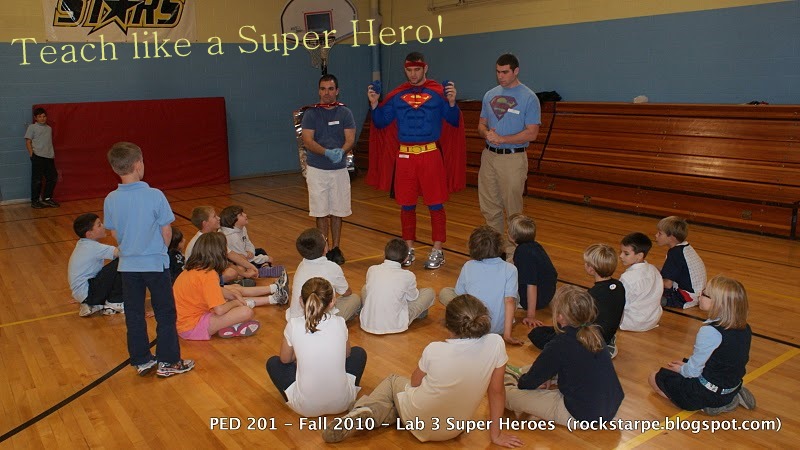Link to an academic article on the correlation between physical activity and academic performance. Also here is the link to my comment to the CBC web page
Daily Burn
Daily Burn in an online exercise and nutrition tracker. After using this program for only a brief time I feel as though the tools that this program provides are extremely valuable. I really enjoyed the multitude of features that this program provided. The "Nutrition Tracker," and the "Weight Tracker" were really great tools. The "Weight Tracker" allowed for a visual representation of your body weight throughout the week in the form of a graph. I believe many people would like this because they can easily read their own results. The "Nutrition Tracker" was great for many reasons. One of these being that it allowed for the user to enter the foods consumed during the day and then have it visually displayed in a pie chart of carbohydrates, proteins, and fat. This allows the user to easily see what they are consuming and then to make appropriate adjustments. This is the first time I used a program like this that was so in depth. I believe that I am going to keep using the nutritional portion of the "Daily Burn" because I am finally getting better from my injury that occurred late last year and I think that a balanced diet will help me to get back into the shape I was before.
Below Are Some the Results of Daily Burn
Regent's Learning Standard #1B states that a student will design personal fitness programs to improve cardio respiratory endurance, flexibility, muscular strength/endurance, and body composition. The "Daily Burn" exercise and nutrition tracker allows for a user to meet this goal fairly easy. The program allows for some personalization, and gives the user the tools they need to be successful like the applications previously stated above. Modifications can be made for individuals by just changing the settings of the program. Their are various workouts all the way from strength training to cardio respiratory endurance training.
Daily Burn
Daily Burn in an online exercise and nutrition tracker. After using this program for only a brief time I feel as though the tools that this program provides are extremely valuable. I really enjoyed the multitude of features that this program provided. The "Nutrition Tracker," and the "Weight Tracker" were really great tools. The "Weight Tracker" allowed for a visual representation of your body weight throughout the week in the form of a graph. I believe many people would like this because they can easily read their own results. The "Nutrition Tracker" was great for many reasons. One of these being that it allowed for the user to enter the foods consumed during the day and then have it visually displayed in a pie chart of carbohydrates, proteins, and fat. This allows the user to easily see what they are consuming and then to make appropriate adjustments. This is the first time I used a program like this that was so in depth. I believe that I am going to keep using the nutritional portion of the "Daily Burn" because I am finally getting better from my injury that occurred late last year and I think that a balanced diet will help me to get back into the shape I was before.
Below Are Some the Results of Daily Burn
Regent's Learning Standard #1B states that a student will design personal fitness programs to improve cardio respiratory endurance, flexibility, muscular strength/endurance, and body composition. The "Daily Burn" exercise and nutrition tracker allows for a user to meet this goal fairly easy. The program allows for some personalization, and gives the user the tools they need to be successful like the applications previously stated above. Modifications can be made for individuals by just changing the settings of the program. Their are various workouts all the way from strength training to cardio respiratory endurance training.
An electronic tool that could useful in helping to capture Regent's Learning Standard #1A, which is "students will perform basic motor and manipulative skills, and attain competency in a variety of motor and sports activities," is a video recorder. Video recorders are already being used in skill and technique based classes fro a variety of reasons. Having the video of a skill allows the teacher to slow down the movement and see how it is being performed. In a High School setting it allows the teacher see if the student is in compliance with the predetermined guidelines of the rubric so that a grade can be assigned. This is easier and more efficient because if the skill is just visually assessed the teacher may miss something due to where they are positioned, or environmental distractions that can occur. Also having a hard copy of the skill allows for the teacher to show the student why they received the grade that they did. It allows for physical proof if any disputes are presented.





